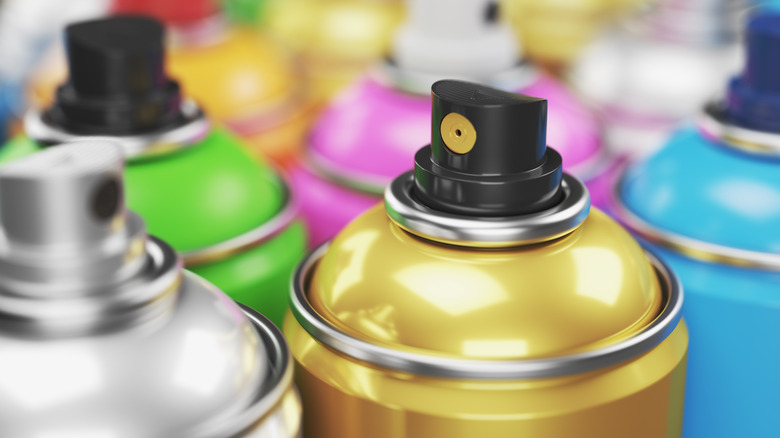What Are The Sources Of CFCs?
Chlorofluorocarbons, also known as CFCs, consist of chemical compounds made up of chlorine, fluorine and carbon. CFCs are particularly harmful when released into the atmosphere because of their destructive reaction with O-zone particles, which provide the Earth with a protective layer against UV radiation. Since 1995 most countries have virtually eliminated CFC production, but a few specialized products still contain CFCs.
TL;DR (Too Long; Didn't Read)
The most common source of CFCs are refrigerants, but fire suppression systems for aircraft and aerosols also emit CFCs into the atmosphere.
Refrigerators and Air Conditioners
Refrigerators and Air Conditioners
The most common emitter of CFCs are refrigerants, particularly those used after the 1930s. Dupont brand named their new product "Freon" and various other brand names produced the CFC-based refrigerant worldwide. When the coolant used in old refrigerators, cars, air conditioners and other machines is not properly disposed of, it leaks CFCs into the atmosphere as liquids evaporate or work their way into the soil.
Aircraft Halon
Aircraft Halon
Aviation regulations in some countries still require fire suppression systems outfitted with Halon, a coolant containing CFCs. As of 2011, there is no safe, effective alternative. The industry must follow certain safety measures to dispose of the this dangerous chemical responsibly and to recycle the material when possible.
Aerosol Sprays
Aerosol Sprays
Aerosol cans and propellant liquids used gasses containing CFCs for a long time. They were phased out of aerosol production in 1999 in favor of less harmful hydrocarbon alternatives. However, since CFC molecules have a lifetime of 20 to 100 years in the stratosphere, the damage done in previous decades continues to make an impact.
Rogue CFCs
Rogue CFCs
As refrigerants and aerosol cans containing CFCs become older and more obsolete, people tend to forget about them, leaving them to leak and further contaminate the atmosphere. Researchers at the University of East Anglia are working on methods to pinpoint local sources of CFC exposure, such as old CFC refrigerators. They collect air from the stratosphere and use mass spectrometers to determine the chemical makeup of CFC contamination.
References
Cite This Article
MLA
Doc, Tommy. "What Are The Sources Of CFCs?" sciencing.com, https://www.sciencing.com/sources-cfcs-8405334/. 14 May 2018.
APA
Doc, Tommy. (2018, May 14). What Are The Sources Of CFCs?. sciencing.com. Retrieved from https://www.sciencing.com/sources-cfcs-8405334/
Chicago
Doc, Tommy. What Are The Sources Of CFCs? last modified March 24, 2022. https://www.sciencing.com/sources-cfcs-8405334/
